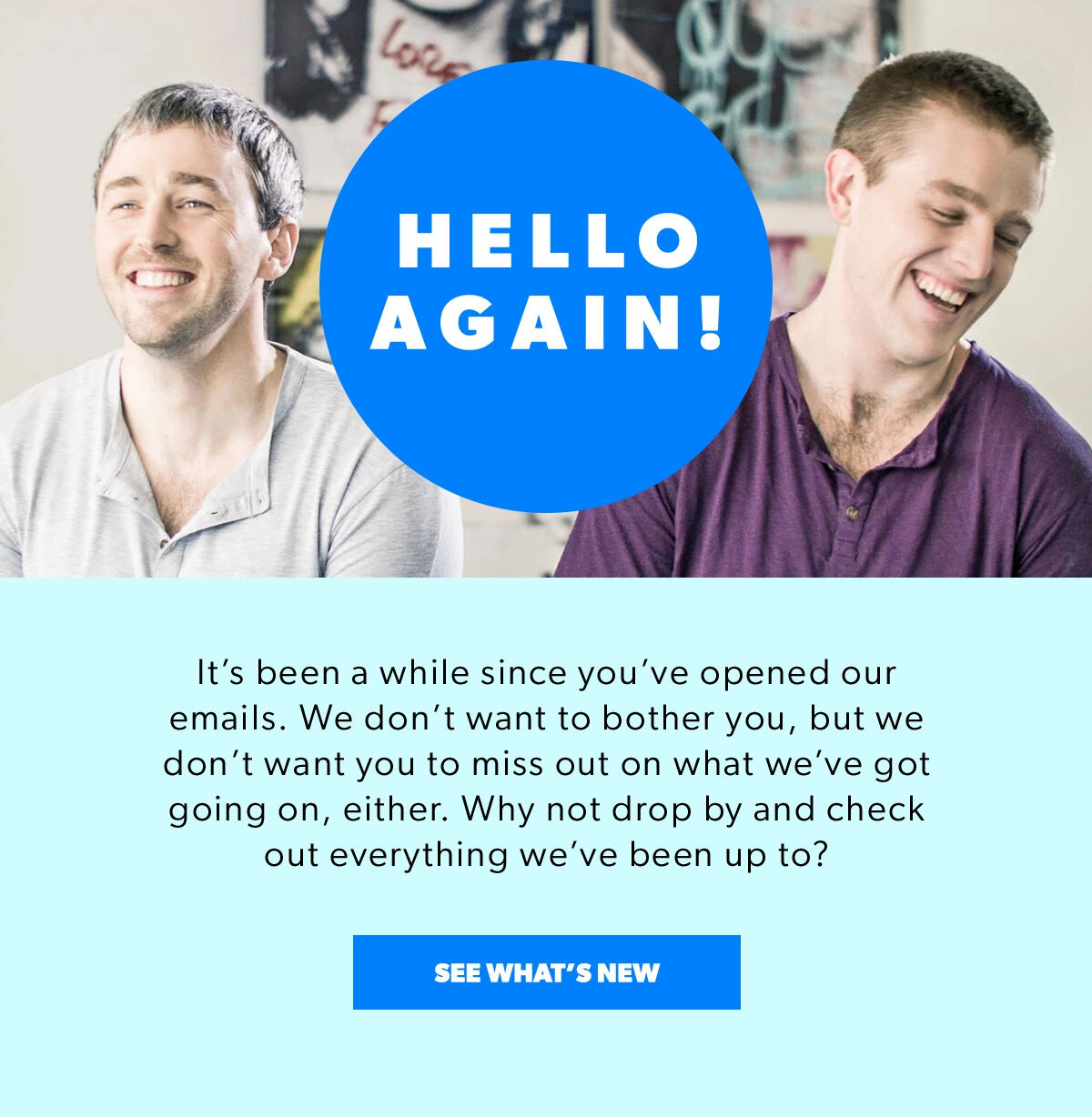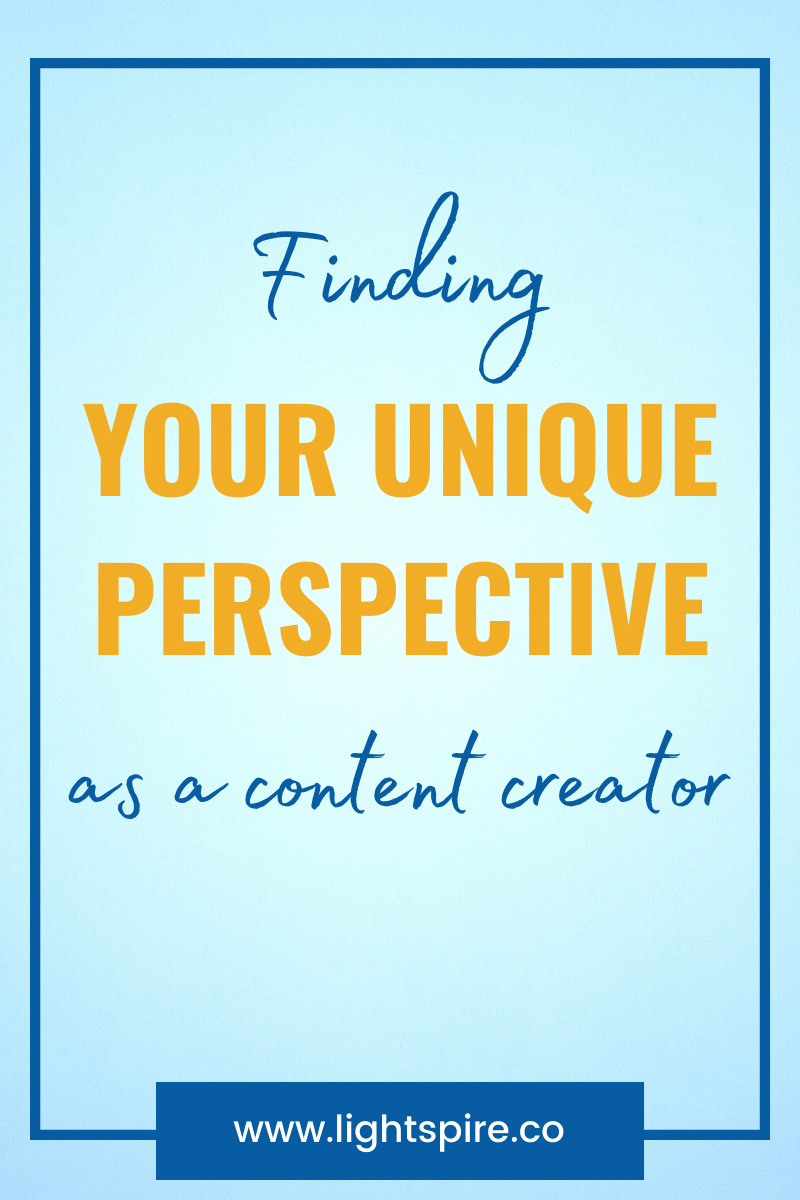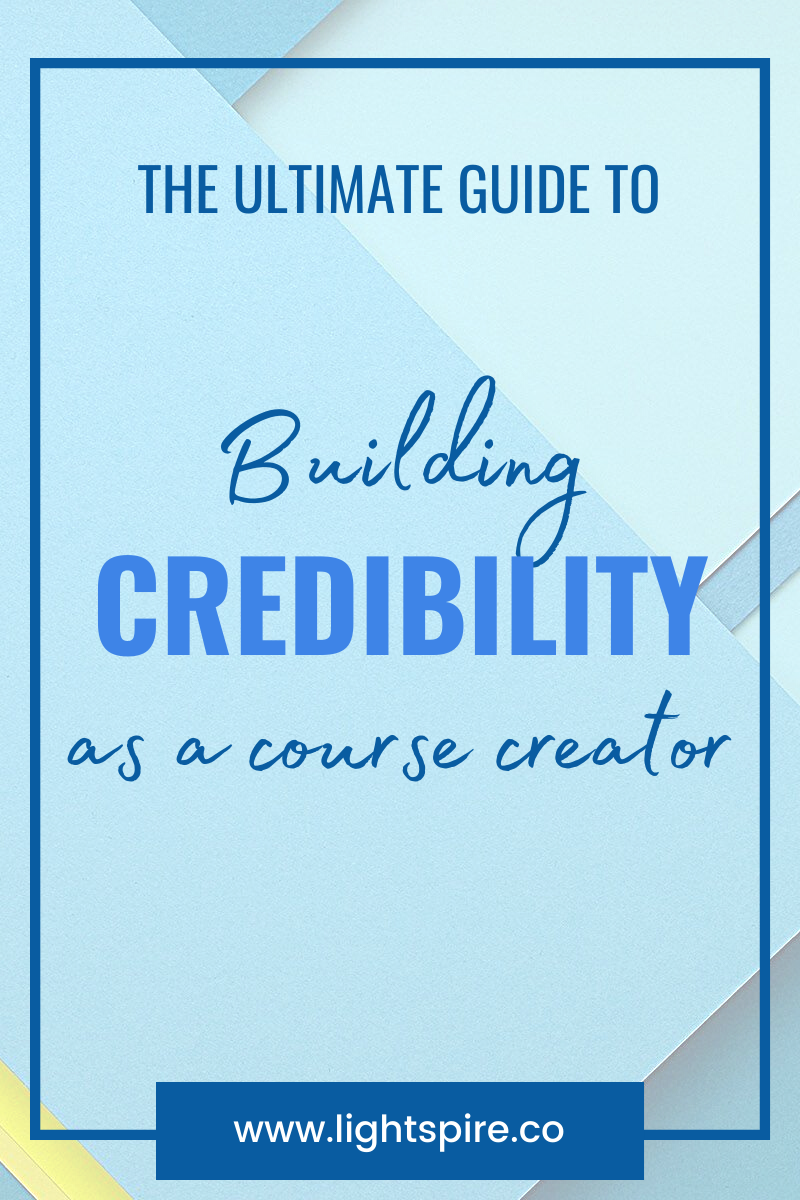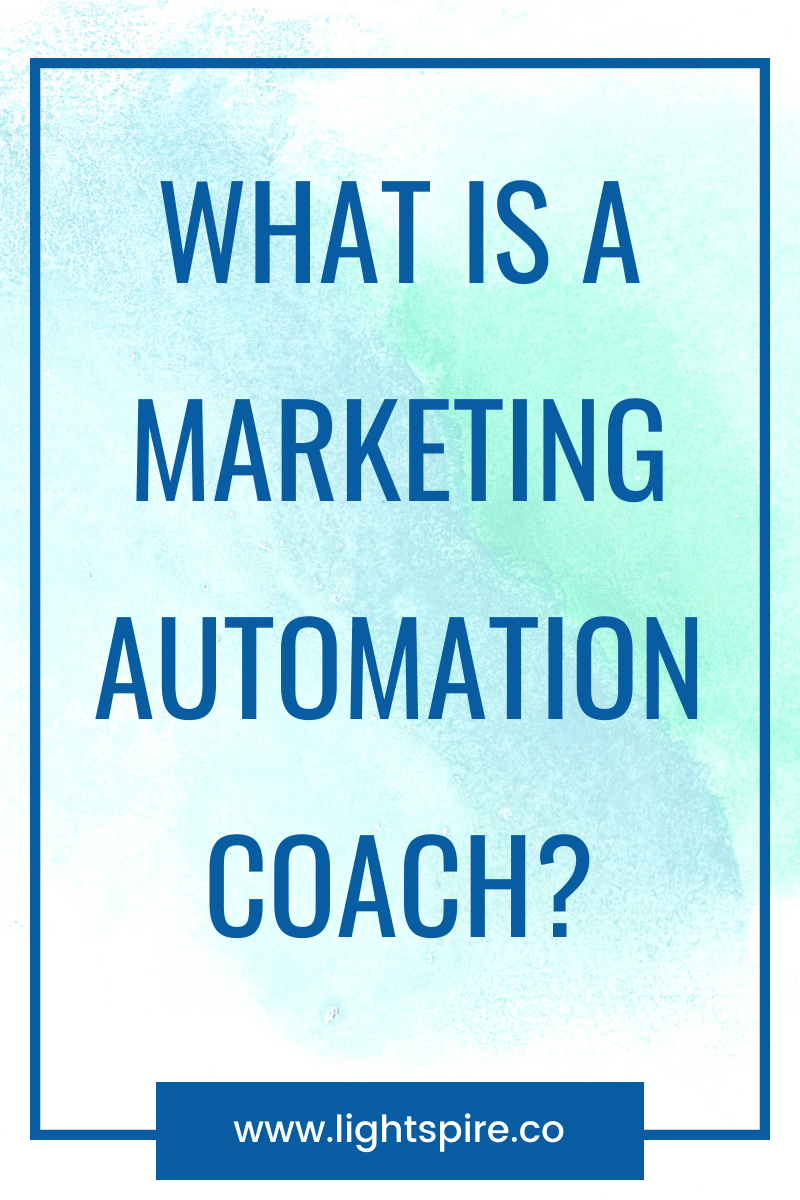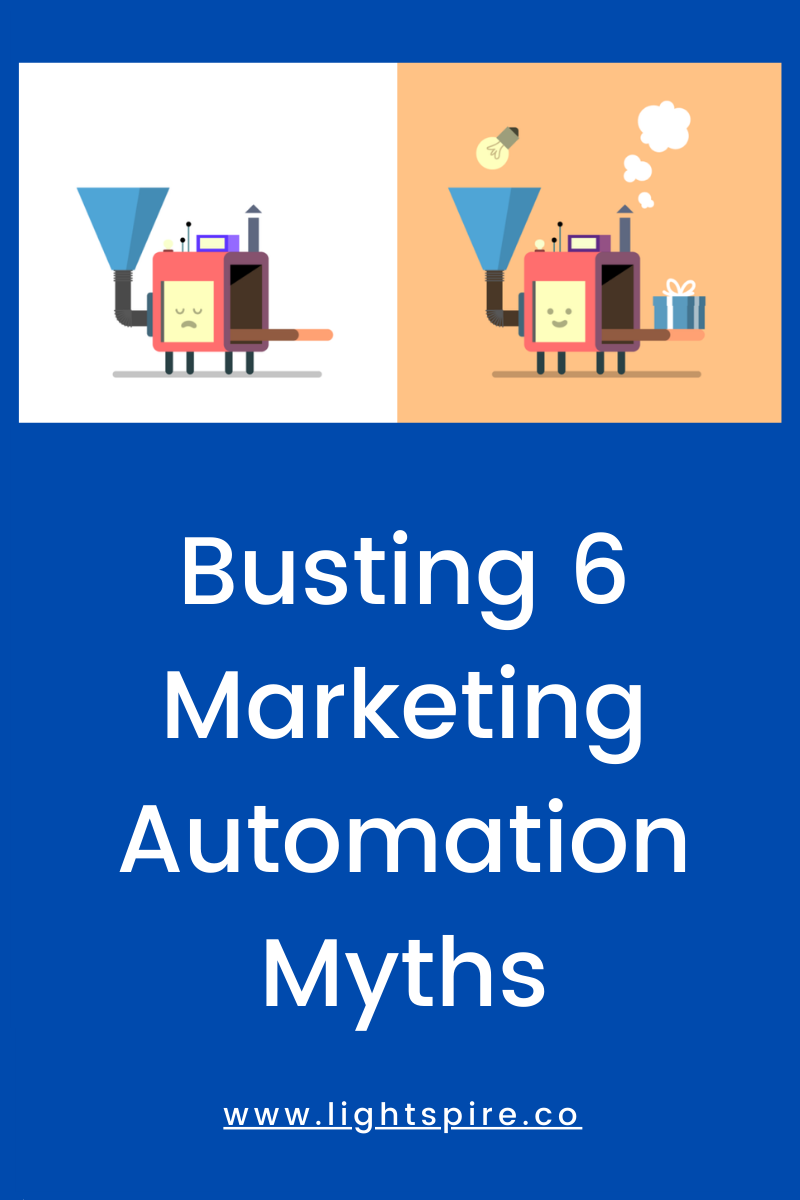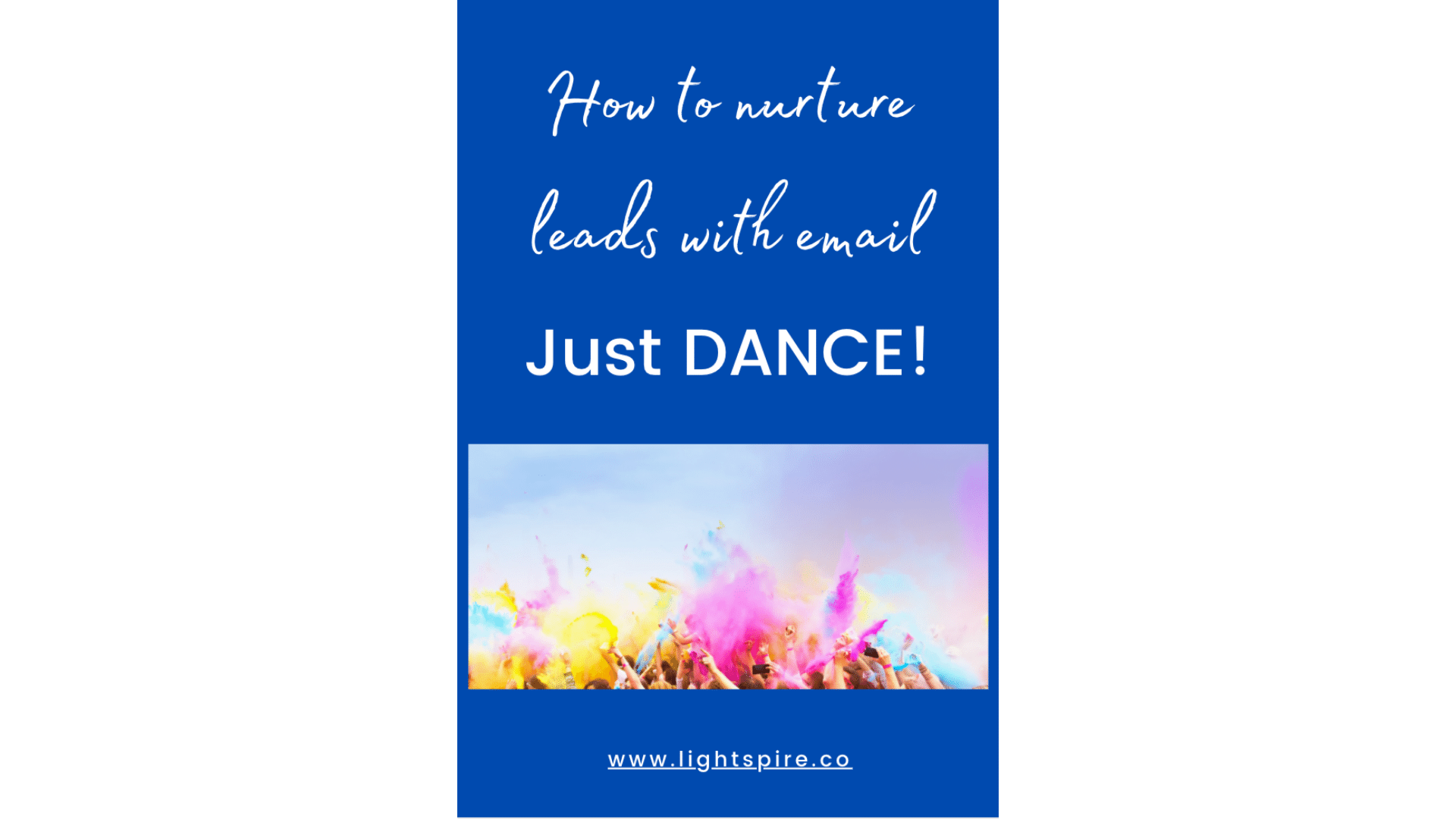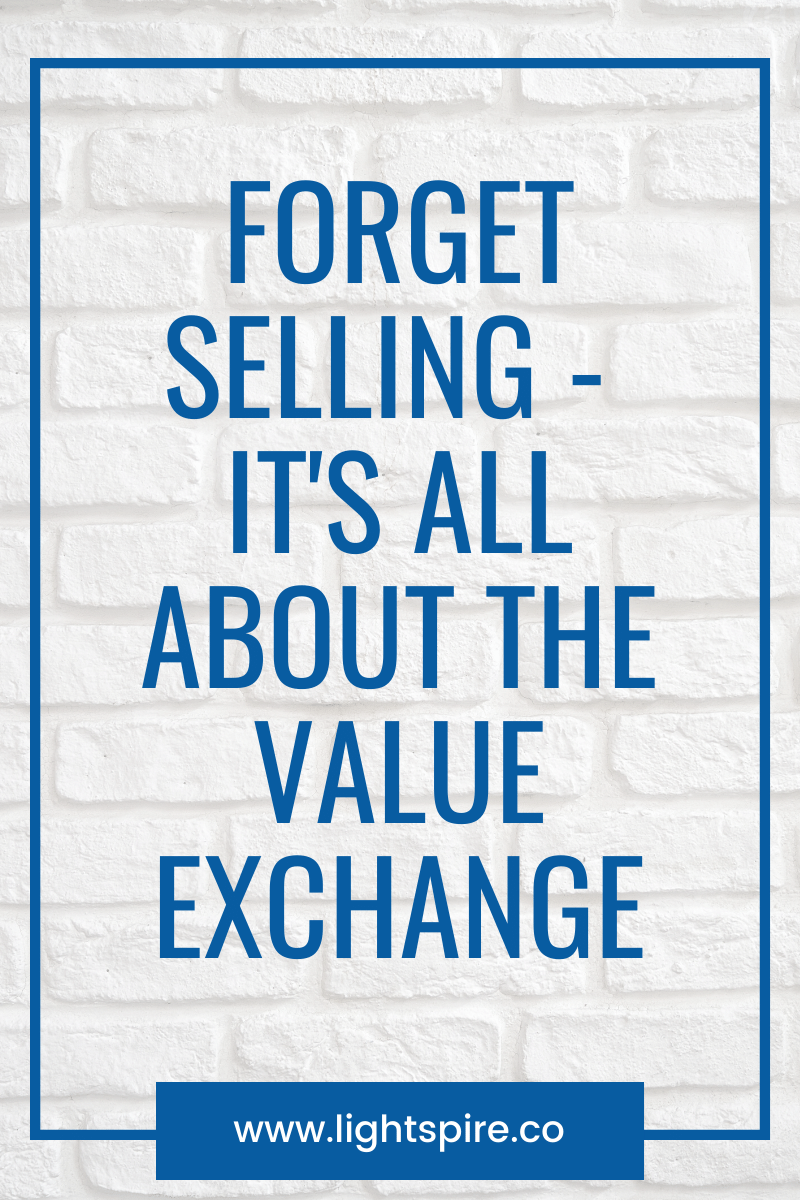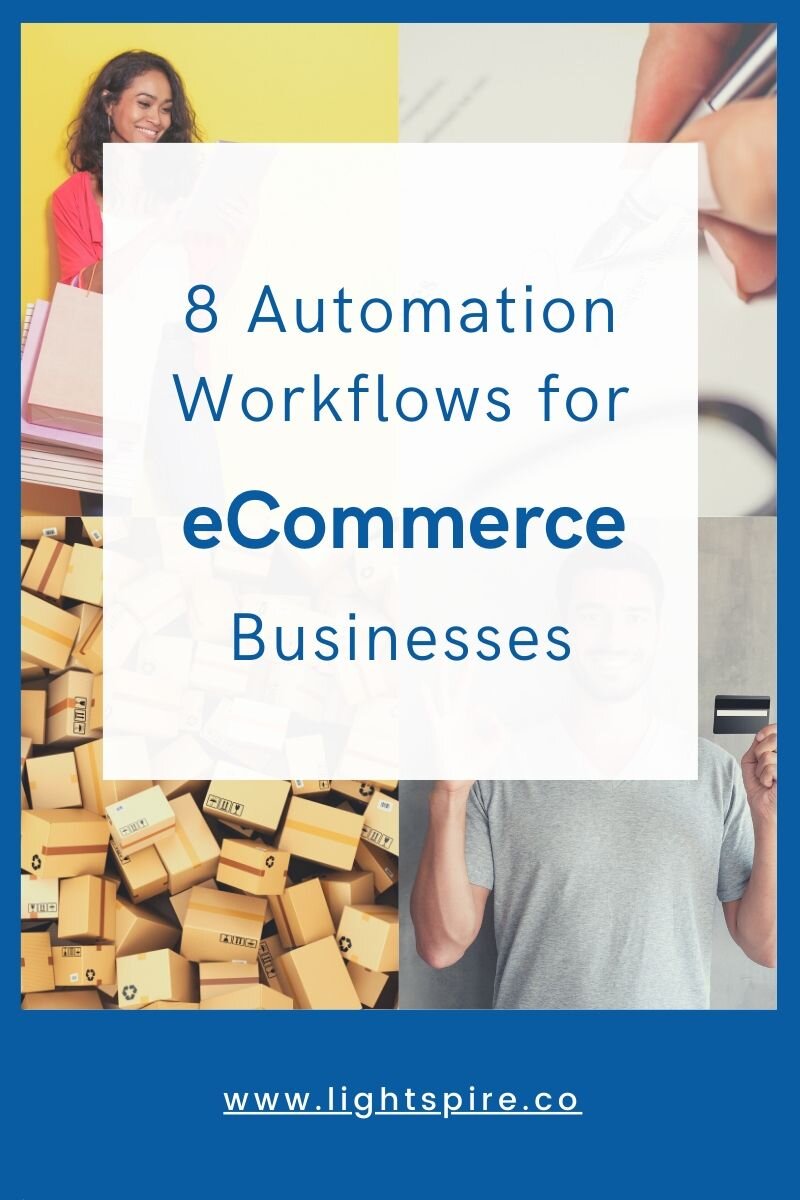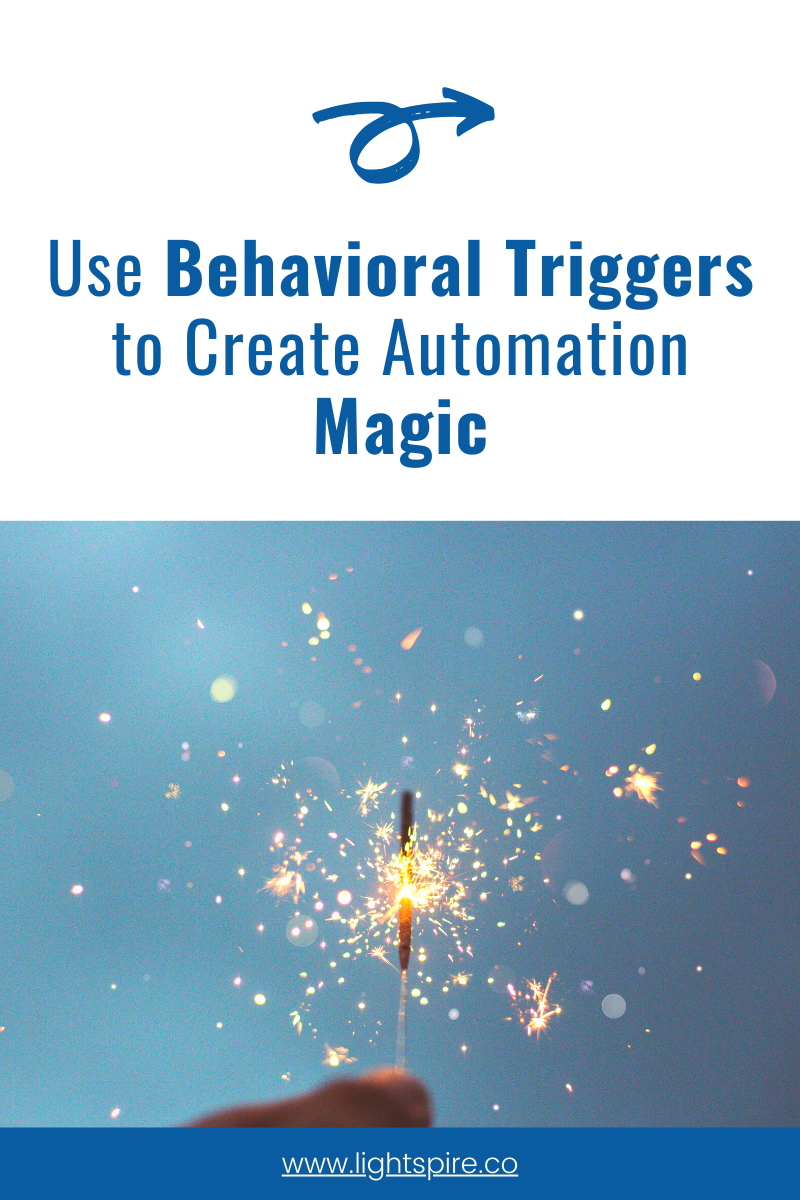See how top brands automate their marketing to reach you with personalized messaging
Marketing automation is an effective and powerful tool to have in your startup or small business toolkit. Not only does it save you a huge amount of time, it gets results. In fact, automated emails have 86% higher open rates, produce a 196% increase in click-through rates, and generate 320% more revenue than standard promotional emails. That’s a lot more engagement! And because these emails are triggered by customer behaviors and actions, they give your audience a more personalized and tailored experience than ever before. With results like these, none of us can ignore marketing automation.
What is marketing automation?
Marketing automation is the process of communicating (internally or externally) with an audience through automated sequences and tools in response to behaviors and actions. Automated workflows are usually designed for strategic audience segments to reach the right groups of customers at the right time. This covers everything from an automatic email sequence that a new subscriber receives from a blog, to scheduled social media posts, to internal information being added to a database when a customer buys a product. Excitingly for marketers, it also covers the vast world of AI-driven and AI-assisted marketing, where artificial intelligence is used to provide tailored experiences to individual customers based on their behaviors.
Why should I automate my marketing?
The main benefits of automating your marketing are the huge time savings and increased audience engagement. Automating key marketing tasks for your business allows you to:
Dramatically increase engagement with new and existing customers
Put customers at the center of the experience, personalizing your messages based on customer behavior and delivering them when your audience is most receptive to your content
Identify your highest quality leads with the most chance of converting
Create repeatable processes and predictable marketing results
Create lasting relationships with your customers that encourage loyalty and advocacy
Free up your time to focus on your product and strategy
Wondering how you should get started? I know that for me, it’s always helpful to look at inspirational examples of a tactic or strategy before I try it myself. Looking at how businesses similar to mine have solved a problem usually gives me a huge amount of ideas and gets me excited about implementing them for myself. So, without further ado...
Here are 6 examples of automation in action to inspire you and get you started on your own marketing automation journey.
The Daily Stoic educates and welcomes with an incentive series
Ryan Holiday is an author, marketer, and entrepreneur with a huge following in an area that may be surprising: stoic philosophy. Ryan has built an empire of books, podcasts, merchandise, and blog posts by engaging regularly through social media and email. His emails share his latest content and thoughts with his 200,000+ subscribers in an elegantly automated (and completely engaging) way.
When you first sign up for Ryan’s Daily Stoic email list, you are taken on a 7 day crash course journey through stoic philosophy, with one email per day. The series promises to “expand your knowledge and provide actionable tools and ideas to make you stronger, more resilient, and happier”. Who wouldn’t want that?
This series is a great example of an “incentive delivery series”, basically meaning that Ryan has promised his audience something in return for signing up for his email list. This particular series helps to educate and inform the customer. Many of Ryan’s subscribers are new to the world of stoicism, and these emails give them an accessible primer right in their inbox. This also gives Ryan a chance to show off his highest performing content, and gets his audience used to opening emails from him so that he gets more chances to engage.
Key lessons:
Tell your audience exactly what they’re getting from an incentive, and how it will benefit them. This sets their expectations and gets them ready to receive your automated email series
If your topic requires some amount of educating your audience, break it up into 3-7 emails so that each lesson is easy to digest
Show off your highest performing content in your incentive series so that audiences stick around for more
How do I implement this?
Set up an automated incentive series (often called a sequence) in a program like Convertkit to deliver something valuable for your audience via email.
2. Team Gantt welcomes new customers with a personalized video
I don’t think I can overstate my surprise (or excitement) when I clicked the welcome video from Team Gantt and the real human on the screen said, “Hey Laura!”. Besides feeling like magic, this video also felt friendly, obviously personal, and appropriate for the beginning of my relationship with the company. I didn’t feel like just another customer at “the beginning of the funnel”. Before you ask, I still don’t know how they did it. I tweeted at them to find out and they just said it was a lot of hard work. So, recording intros with the top 100 most common names?
“ Just went through a really great onboarding experience with @teamgantt I was so surprised when the video started with (what seems to be?) a real person saying, "Hey, Laura"! Great #personalization. Also, how do you guys do that? “
- My tweet
But the personalization didn’t feel like a gimmick, and it didn’t end there. As I navigated through my onboarding experience on the website, I was shown more videos based on how I answered survey questions and how I used the tool. This made the learning curve for the software much easier to navigate, and I could see the benefits for my business right away.
Key lessons:
Personalization makes your customers feel all warm and fuzzy inside, and is a great way to start a long lasting relationship.
Personalizing the onboarding experience helps your customers learn your product faster and start being successful with it - which makes them stick around
How to implement this:
Hire a team of parrots to read every name in the latest baby book and add it to your video. Or give your team coffee and snacks until they record lots and lots of names? Seriously, if you know of an automated way to add this kind of personalization to video please tell me in the comments.
Include survey questions in your onboarding experience, and tag your audience based on the answers. Then serve up onboarding videos based on the tags you’ve created.
Ready to automate your own marketing?
3. Shutterfly automates reviews and feedback after purchases
For eCommerce companies, product reviews are essential in building trust and boosting the chance of a sale. But sourcing reviews is difficult, since most customers don’t want to spend the time to write feedback (and will usually only do it proactively if their experience is negative). But by automating requests for feedback and reviews, Shutterfly is able to make the process seamless and painless for customers.
After a recent Shutterfly order, I received an email congratulating me on my creation and asking me to rate the products I used. The messaging put me (the customer) first by talking about my experience and what I had created, and then asked for feedback in a simple and effective way. The products I had purchased were (automatically) included below the message, along with a simple 5 star graphic that I could click to leave my review.
Key lessons:
Automating your feedback requests ensures they arrive as soon as the customer has made the purchase, when their interest in the product is at its highest
Feedback requests should make it as easy as possible for customers to leave reviews
Make sure to include other contact information if your customers had a problem or questions about your product, so that negative feedback is less likely to be public
How to implement this:
Most email automation systems will allow you to tag your customers with their purchases, which you can use to populate your feedback request email
4. Two Blind Brothers wins back customers with a friendly email
Two Blind Brothers is a clothing company that creates natural-fiber apparel and donates 100% of its profits to curing blindness. Their brand and communications with customers are authentic, mission-driven, and playful. And their winback email is the same.
When I hadn’t opened emails from Two Blind Brothers in a while, I got an email in my inbox with the subject line, “Hey! Where Ya Been?”. I clicked it and found a photo of the brothers and a short message encouraging me to check out their new products. It didn’t feel invasive or spammy, and the tone was very conversational and friendly.
This is an example of an automated “winback” email, which is triggered when a customer has been inactive or unresponsive for a certain amount of time. Winback emails have the double benefit of re-engaging customers and bringing them back to “active use”, and weeding out the customers who are no longer interested in your products (and should therefore be taken off your list). Both benefits ultimately increase the engagement on your emails, and ensure that you have a strong and healthy list of people to reach out to.
Key lessons:
Your winback emails should nudge the customer towards re-engaging with relevant offers, interesting updates, or useful resources
Offer a way for customers who aren’t interested to opt out of your list so that you can ensure you’re reaching out to an interested and engaged audience
Include personalization in your winback campaigns by pulling in past purchases, activity, or customer preferences that you’ve tagged in your automation system or CRM
How to implement this:
Choose a time period after which you would like to reach out to existing inactive customers. Many tests start with 60 or 90 days
Craft an email that offers a simple, personalized message and an incentive to re-engage
5. Nissan reminds owners about maintenance schedules with automated outreach
Car companies often make a large portion of their overall revenue on maintenance, so it makes sense to remind customers when it’s time for a service. Nissan uses the customer’s purchase date to send out automated reminders about routine services and maintenance. Customers are likely to open the emails, as they contain potentially important information about their vehicles.
The messaging could be a little bit more engaging or creative here, including some personalization or branded messaging related to the purchase. But overall, this is a good chance to reach out to customers and a nice example of an automated reminder email.
Key lessons:
You know your product best, and can advise customers on the best way to maintain it, upgrade it, or enhance their experience with it. Even if you don’t sell something that requires maintenance, you could remind customers to restock their supply, revisit unpurchased items in their cart, or get the next size up for their growing child.
Include personalized or branded messaging to make your emails stand out and increase engagement with your audience
How to implement this:
Think of what you would remind your customers about if you were sitting next to them - is it time to stock up?
Tag past purchase by date and schedule your reminder emails for a set time period after that date, so that customers receive the emails based on their own behaviors.
6. Starbucks says Happy Birthday with a free drink
Starbucks has built an empire around the idea of customizable coffee drinks and communal spaces in which to share them. Their brand is pretty iconic, and makes audiences think of everything from customization, coziness, and social spaces to globalization and luxury coffee.
Starbucks’ use of automation allows them to reach out to their dedicated customers with a message that no one can dislike - “Happy Birthday!”. By including a free drink or snack of their choice, Starbucks shows that they care about their customers and want to make their special day even more special. By including a 15% off offer for future purchases, they also increase the chances of upselling their customers when they come in for that free drink.
Key lessons:
Offer your customers a real present or incentive on their birthdays. Even if you don’t have a big budget, you can offer discounts, free downloads, or a personalized message.
Your messaging and images should match your brand and make customers feel special
How to implement this:
Set birthday emails to go out automatically on a customer’s birthday - just make sure to ask for it at some point so that you can use this!
Use upselling opportunities where relevant, including additional items for purchase or discounts on future purchases
Personalize your offer with the customer’s name, and take it even further by including a different birthday image for different customer segments
Hopefully these examples will serve as inspiration for your own automation efforts, and give you some good ideas for engaging with your customers.
Ready to unlock the benefits of automation for your business? Check out my Mastering Marketing Automation course. We take a deep dive into the strategy behind automation, as well as the day-to-day techniques you can use to automate your email, social media, and more.
What automations have you noticed from your favorite brands? Let me know in the comments!






